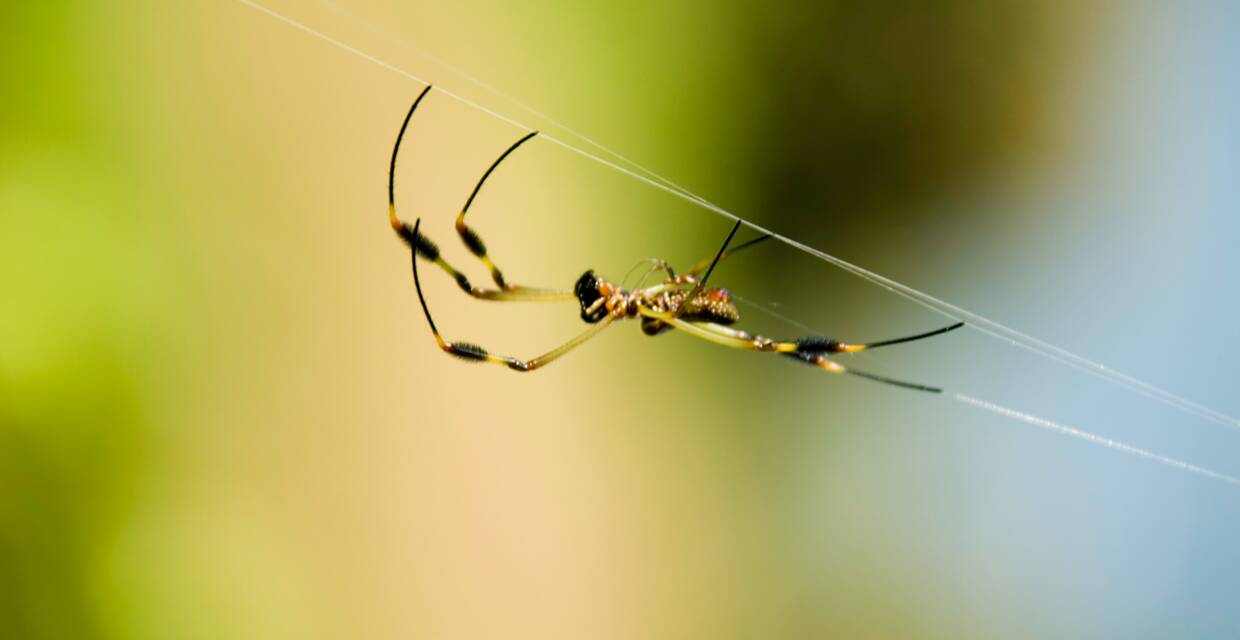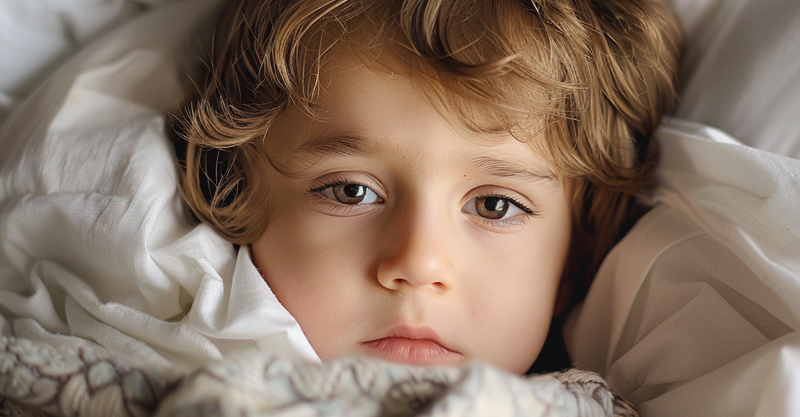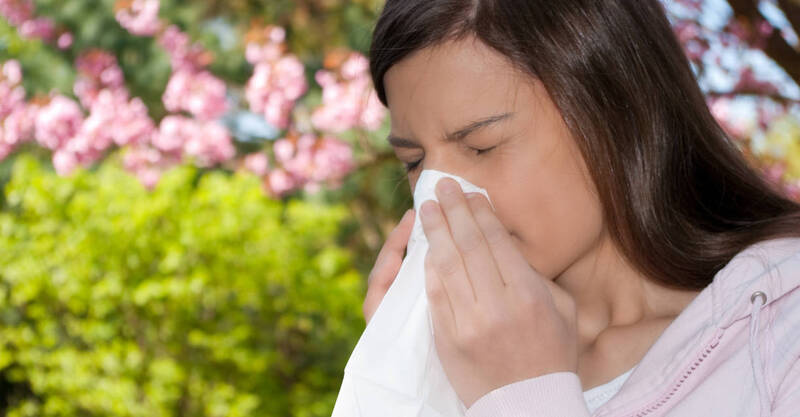Key Points
- During the fall, bugs and insects often seek warmth inside homes and other dark spaces. Common pests include spiders, yellow jackets, and stink bugs.
- Some spiders, such as the brown recluse and black widow, are poisonous to humans and require immediate medical attention if bitten. Other spiders can cause painful bites and symptoms like headaches, nausea, and flu-like symptoms.
- Yellow jackets are attracted to the honeydew fall aphids deposit on leaves and grass. Their stings can cause pain, swelling, and itching, and can cause anaphylaxis in those who are allergic.
- Stink bugs seek indoor refuge in the fall and can release an unpleasant odor if stepped on. They can be difficult to get rid of once they infest a home and can trigger asthma attacks.
- To prevent infestations, ensure there are no holes in screens, seal any cracks in and around the home, use airtight lids on outdoor garbage cans, keep firewood piles at least 20 feet away from the home, and seek professional extermination help if needed.
When the cool fall air arrives, some bugs and insects seek the warmth inside homes or hide in dark spaces like basements, attics, and garages. Which of these creepy crawlies should watch out for, and what's the best way to get rid of them?
Speedy Spiders
The Columbia County News Times says one of the reasons we notice spiders more in the fall is that during the spring and summer they have been eating, feasting, and growing larger. They also prefer to find nooks and crannies to hide in to stay warm like under porches, lattices, and porch overhangs. They also seek out places to nest for the winter to lay next year's generation of eggs.
Only the brown recluse and black widow spiders are poisonous to humans and if bitten, people need to head immediately to an urgent care center for proper treatment. There is an anti-venom for the black widow bite but the brown recluse bite can cause tissue loss and there is no anti-venom. Other spiders like hobo spiders, mouse spiders, and black house spiders also pack a strong bite and cause pain around the bite. They also cause other symptoms like headaches, nausea, vomiting, and flu symptoms.
Be careful when reaching in crawlspaces, attics, and basements when you pull out the Halloween and holiday decorations this year by wearing thick gloves. It's also a good idea to shake out decorations that are hollow and be careful digging in boxes. Termite.com offers a great spider identification chart along with information on bite toxicity.
Yellow Jackets
In some areas it seems like yellow jackets go a little crazy during the fall. You see them near large piles of leaves and along lawn edges. Yellow jackets are attracted to the honeydew fall aphids deposit on leaves and grass, making bees flock to areas where they can ingest the sweet substance.
A yellow jacket sting can cause pain, swelling, and itching but many who are allergic to these bees need to head to a walk-in clinic to receive immediate treatment for anaphylaxis. If you know you are allergic, ask your doctor about EpiPens you can use on the spot if stung.
Stink Bugs
When fall arrives, stink bugs seek indoor refuge and enter homes via any cracks they can find. If you step on one, they release an unpleasant odor and while they don't bite humans, once they infest a home, they're hard to get rid of. Many people call exterminators or use vacuums to sweep up the infested areas. They can also infest fruit trees to the point where often it's better to cut down the tree than try and save it. Their unpleasant odor, especially if many are killed at once, can trigger asthma attacks. So, be careful if you find many of these in one area and suffer from asthma. Call a professional to exterminate them if you find them around your home.
Tips for Getting Rid of Fall Pests
PestWorld.org offers some smart tips on keeping spiders and other insects out of your home:
- Make sure there are no holes in your screens. Many of us like to open windows during the fall season and bring in the cool air, so holes in screens are just one way to invite the creepy crawlies of fall inside your home.
- Place screen vents on chimney openings.
- Locate and seal any cracks you find inside and outside of your home including around windows, in basements, and around the home's foundation. Check for cracks around outlets, ceiling fans and baseboards, and seal those as well.
- Use airtight lids on outdoor garbage cans and get rid of garbage on a regular basis. Don't let it pile up.
- If you are stocking up on firewood for the winter season, keep the firewood pile at least 20 feet away from your home. Insects and spiders love the warmth and dark of wood piles.
- Call a professional exterminator if you can't get rid of any infestation.
Fall bugs and insects are part of nature but it's best to avoid them, especially if you've had allergic reactions to any bite in the past. If you do get stung or bitten and start to experience symptoms, find an urgent care location for proper treatment.
Frequently asked questions
What types of bugs and insects are more common in homes during the fall?
During the fall, spiders, yellow jackets, and stink bugs are more commonly found in homes. They seek warmth and shelter in dark spaces like basements, attics, and garages.Which spiders are poisonous to humans?
The brown recluse and black widow spiders are poisonous to humans. Other spiders like hobo spiders, mouse spiders, and black house spiders can also cause pain and other symptoms.What should I do if I'm bitten by a poisonous spider?
If bitten by a poisonous spider, such as a brown recluse or black widow, you should head immediately to an urgent care center for proper treatment.What attracts yellow jackets during the fall?
Yellow jackets are attracted to the honeydew that fall aphids deposit on leaves and grass. This sweet substance draws bees to areas where they can ingest it.What happens if I'm stung by a yellow jacket and I'm allergic to them?
A yellow jacket sting can cause pain, swelling, and itching. However, if you're allergic, you may need to head to a walk-in clinic to receive immediate treatment for anaphylaxis.What problems do stink bugs cause?
Stink bugs release an unpleasant odor when stepped on. They can infest homes and fruit trees, and are hard to get rid of. Their odor can trigger asthma attacks.How can I prevent bugs and insects from entering my home in the fall?
To prevent bugs and insects from entering your home, ensure there are no holes in your screens, place screen vents on chimney openings, seal any cracks in your home, use airtight lids on outdoor garbage cans, and keep firewood piles at least 20 feet away from your home.What should I do if I can't get rid of an infestation?
If you can't get rid of an infestation, it's recommended to call a professional exterminator.


 Twitter
Twitter LinkedIn
LinkedIn









